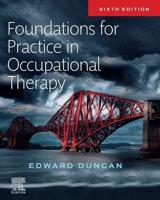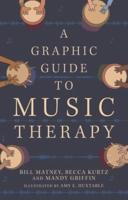Publisher's Synopsis
Occupational therapy has always focused on the individual as active in meaningful and purposeful activity. In hippotherapy, the therapist uses the horse as an intervention strategy to help stimulate a client, who passively sits astride a moving horse and then accommodates himself or herself to the movement. If there is no active, purposeful participation and the client is not actively or purposely involved, how does occupational therapy fit? That question has led to the development of this book, the first detailing occupational therapy's current and potential contributions to hippotherapy. Occupational therapy uses activities as a strategy for intervention. Therapists help reintroduce activities to those with injuries, diseases, or disabilities to increase their meaningful function and enjoyable life. Use of the horse can address many of the physical and psychological problems that clients encounter when they are completely involved with the horse and its environment. The chapters in this book will appeal to different audiences depending on their needs, interests, educational qualifications, and experiential backgrounds. It will be useful for undergraduate and graduate students who want to study more about hippotherapy; for faculty members who plan to include hippotherapy in their academic curricula; for researchers who are studying and documenting hippotherapy; for clinicians who are working in hippotherapy or therapeutic horseback riding and want to update their knowledge in research or a particular practice area; and for riders or their family members who are interested in the development, application, and benefits of hippotherapy.







